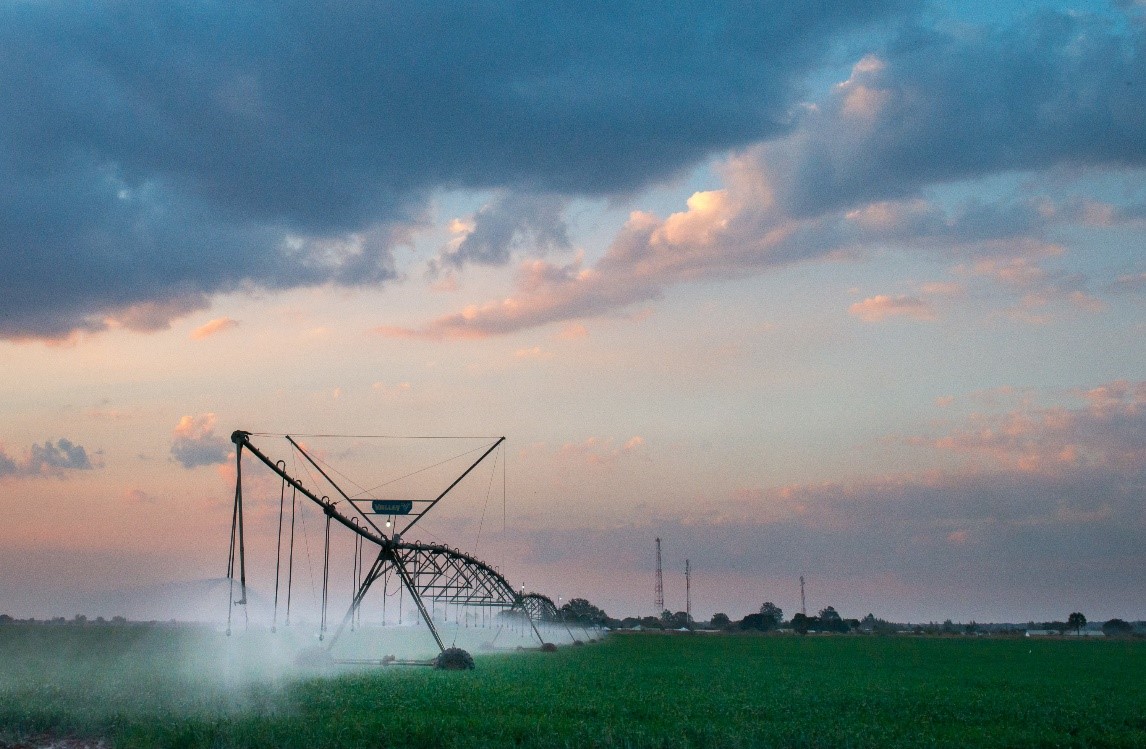Ground Water Irrigation: The Perfect Solution?
This week I
will focus on the topic of groundwater irrigation or GWI. However, I will start
by discussing the importance of irrigation for Africa. A report produced by the
International Food Policy Research Institute (IFPRI) discussed the importance
and potential of irrigation in Africa. Eighty-five percent of the ‘poor’ people
in Africa's live in rural areas, largely dependent on agriculture for their
livelihoods. Only 6% of Africa’s agricultural land is irrigated, the vast
majority therefore reliant on rainfall (IFPRI,
2010).
With such
a vast proportion of the poor population reliant on agriculture, it seems the
most obvious solution to reducing poverty is improving the agricultural sector.
The only logical way to do this is to remove the greatest vulnerability: rain. Sustainable
agricultural development will deliver poverty alleviation, economic growth and food
security.
Rainfall
is categorically unreliable. The rainfall in semi-arid areas only lasts for around
25% of the year. 92% of these semi-arid environments, often concentrated in sub-Saharan
Africa, rely on this rainfall (Taylor, 2004).
With rainfall
clearly highlighted as the limiting factor, we naturally turn our heads towards
irrigation as the solution. There is sufficient research to suggest that the
type of irrigation we should turn our heads directly towards is ground water
irrigation (GWI). A journal article led by Adelana in 2008 talks about the importance
of GWI for development. The article discusses how most African cities are built
and developed from groundwater infrastructure, and cities would not be
functioning without it. This begs the question of how rural agricultural regions
are expected to function without it (Adelana
et al, 2008).
With
GWI noted as a key factor in enhancing water security, it is important to start
analysing the reality of this solution (Foster
et al, 2018). The present-day drive for urban groundwater use has led to accelerating
rates of usage. This, alongside developing markets and technological
advancements have caused a decrease in the cost of groundwater infrastructure (Villholth,
2013). The greatest uptake of GWI outside of urban environments has been
from rural small-hold farmers. It is believed that in some sub-Saharan
countries, small scale GWI is covering an area over 10 times the size of publicly
funded GWI systems.

A sophisticated
GWI system in Zambia, Africa.
(Source)
Climate
change is bringing more extreme and consistently less predictable weather
patterns. Farmers can rely on GWI as a reliable source of water. This characteristic
of GWI is likely to result in a large expansion of its coverage, even reaching less
arid regions.
All of the information written above certainly illustrates a fine picture for GWI, but this inevitably leads us
towards the doubts shadowing it. One of the major drawbacks of ground water
irrigation is that it is often only led by large scale investment programs or
public schemes. These schemes are notorious for not reaching their promised potential
and also not reaching the people who need it the most. Often, the ignorance of
the multinational is to blame here, disregarding the indigenous knowledge of
the local farmers. This is something we will discuss in a later blog. There are
also multiple other drawbacks to GWI. Firstly, it is simple not accessible in
arid countries such as Kenya that lack a prominent water table. GWI is also
expensive despite reduction in cost. It may not help to relieve poverty as only
the richest of ‘poor farmers’ can afford the infrastructure to implement it.
These schemes often rely on loans and this heavily disadvantages women, who are
substantially less likely to secure a loan. Finally, over-reliance and misuse of
groundwater can result in catastrophic consequences, this will be discussed in
next week’s blog.
To conclude
this blog: Whilst rapid expansion of GWI in the last few decades has “transformed
rural economies in large parts of the developing world” (Giordano,
2006). Future research into GWI in Africa should question where the
development is possible and, also equally important, where it is not.
So to ask the question that you posed in your title, do you think groundwater irrigation is the "perfect solution" to the production of crops or are there other methods that you think might be better than this type of irrigation?
ReplyDeleteThank you for your comment! I think what the blog tries to highlight is that there is no perfect answer. Whilst you can see such large improvements in some areas, stories of misuse and failure take away from them. In future blogs I will discuss some of the more location specific examples of this.
ReplyDelete